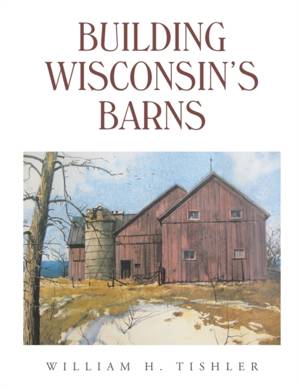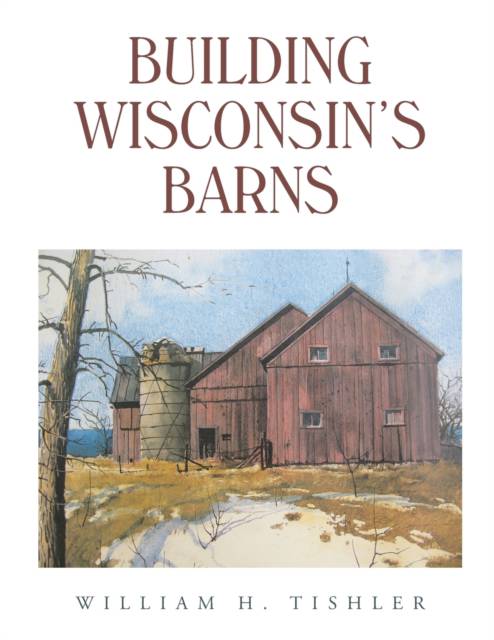
- Afhalen na 1 uur in een winkel met voorraad
- Gratis thuislevering in België vanaf € 30
- Ruim aanbod met 7 miljoen producten
- Afhalen na 1 uur in een winkel met voorraad
- Gratis thuislevering in België vanaf € 30
- Ruim aanbod met 7 miljoen producten
Omschrijving
Barns are noble structures that highlight our rural landscape. They remain an enormous source of pride for the people of Wisconsin. Many realize that no other visible human achievement reflects the long relationship they have had with the land. However, little information is available regarding their history and how they were constructed. William H. Tishler, an emeritus professor of landscape architecture at the University of Wisconsin-Madison, explains the process of building these iconic structures in this book with breathtaking photos and drawings. The author highlights the traditions, carpentry skills, and backbreaking labor that have made barns a beloved component of the countryside. He also recaptures the techniques of an ancient form of construction that is rapidly becoming all but forgotten. Based on the author's decades of teaching and field work and his conversations with elderly barn builders who shared their wealth of knowledge, this book will be treasured by those who enjoy the beauty of rural farms and landscapes, or who want to know more about this important aspect of Wisconsin's history. It can also serve as a guide to their significance and be useful in helping preserve some of these rural icons for future generations to admire and appreciate.
Specificaties
Betrokkenen
- Auteur(s):
- Uitgeverij:
Inhoud
- Aantal bladzijden:
- 94
- Taal:
- Engels
Eigenschappen
- Productcode (EAN):
- 9781665715041
- Verschijningsdatum:
- 29/12/2021
- Uitvoering:
- Paperback
- Formaat:
- Trade paperback (VS)
- Afmetingen:
- 216 mm x 279 mm
- Gewicht:
- 312 g

Alleen bij Standaard Boekhandel
+ 69 punten op je klantenkaart van Standaard Boekhandel
Beoordelingen
We publiceren alleen reviews die voldoen aan de voorwaarden voor reviews. Bekijk onze voorwaarden voor reviews.










